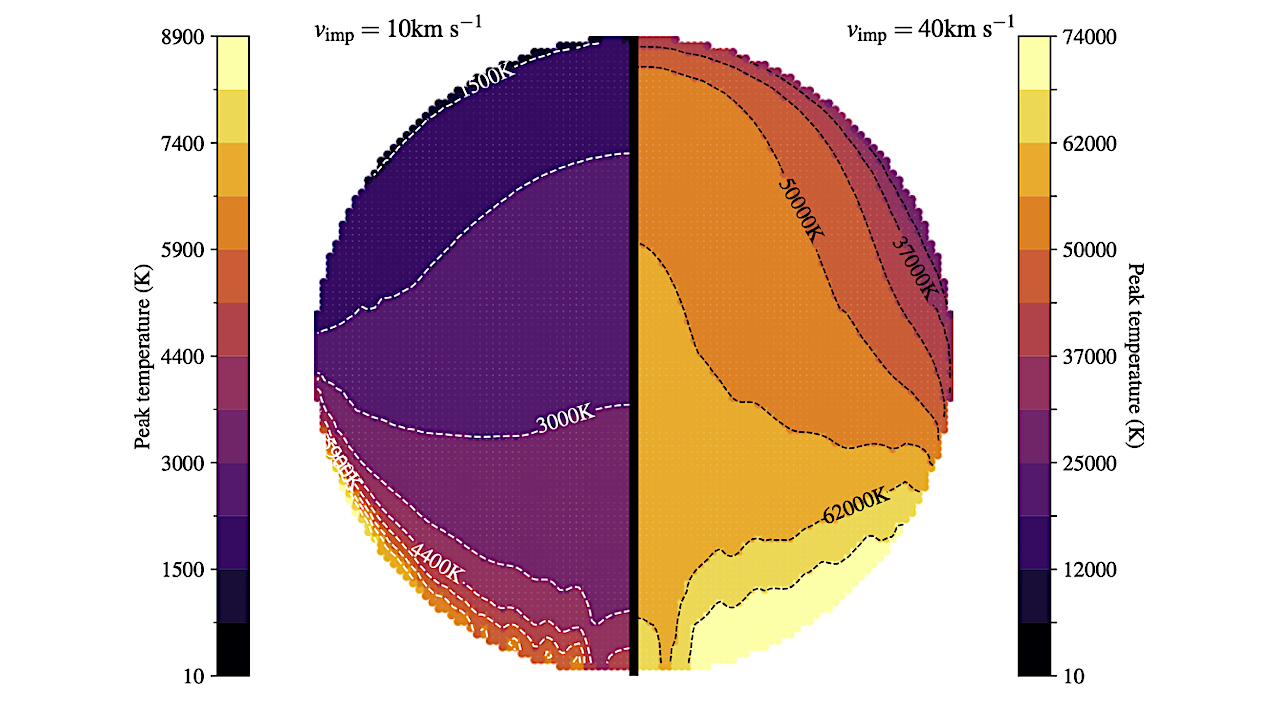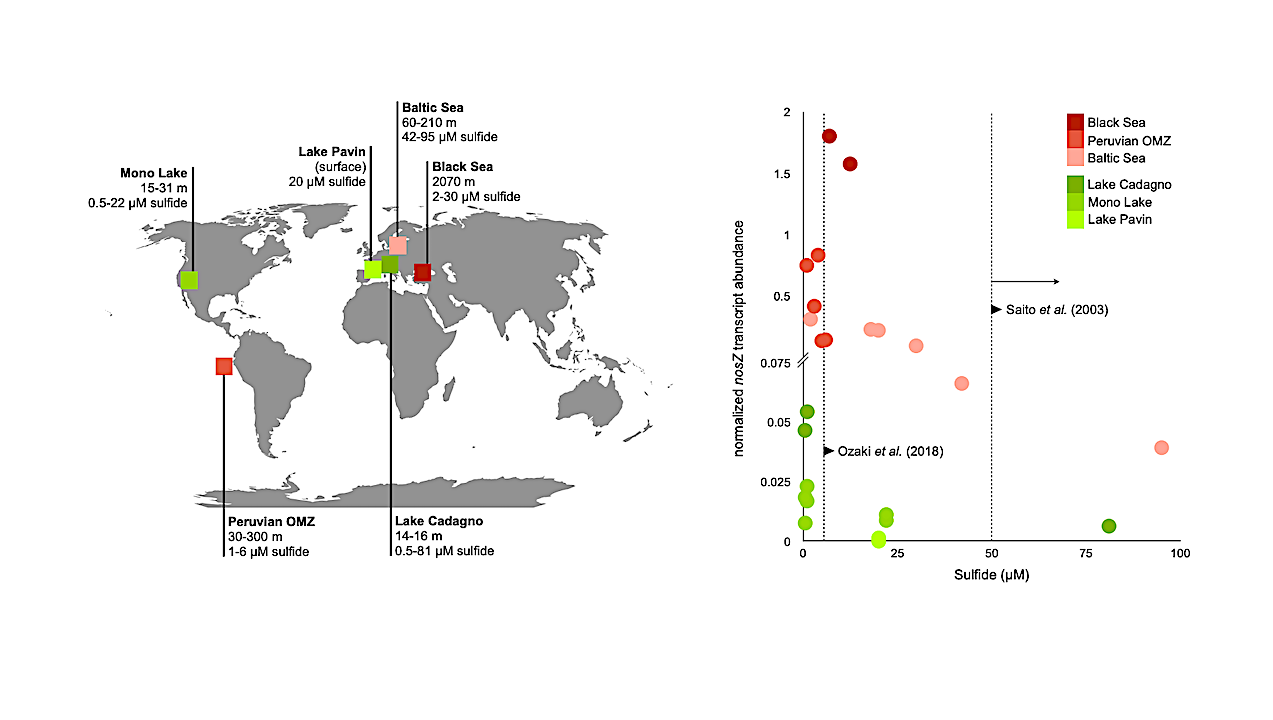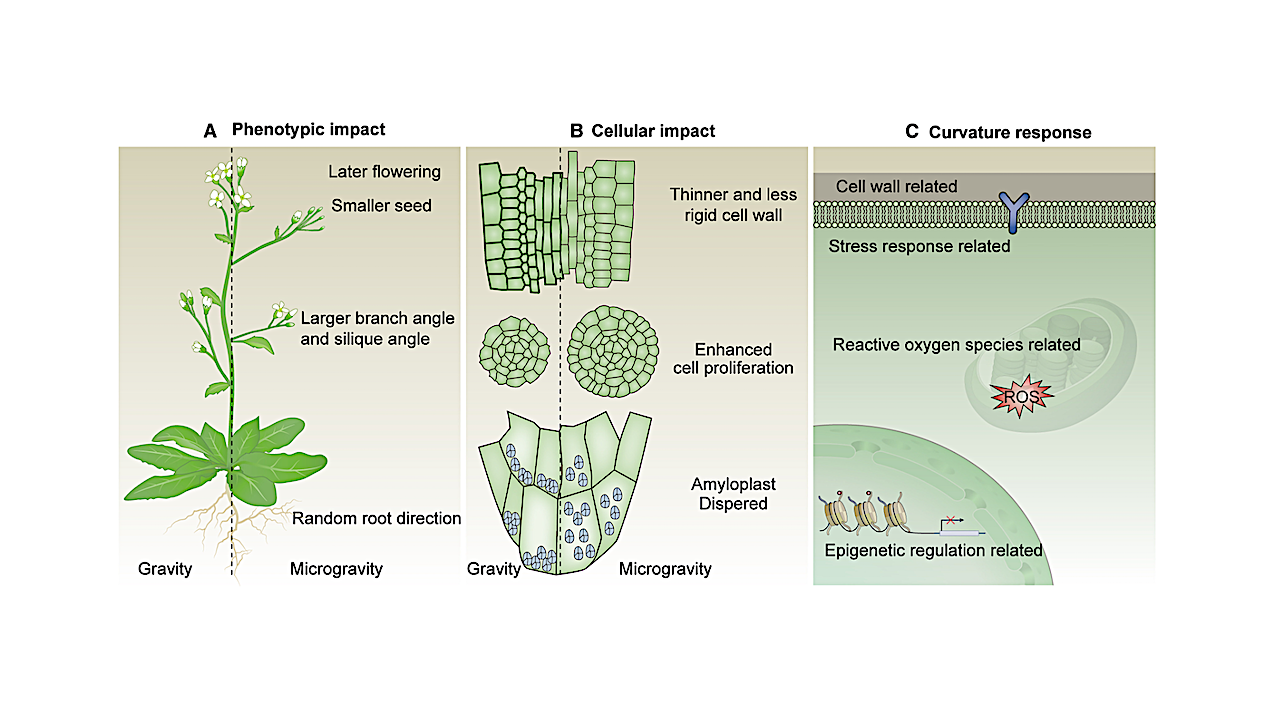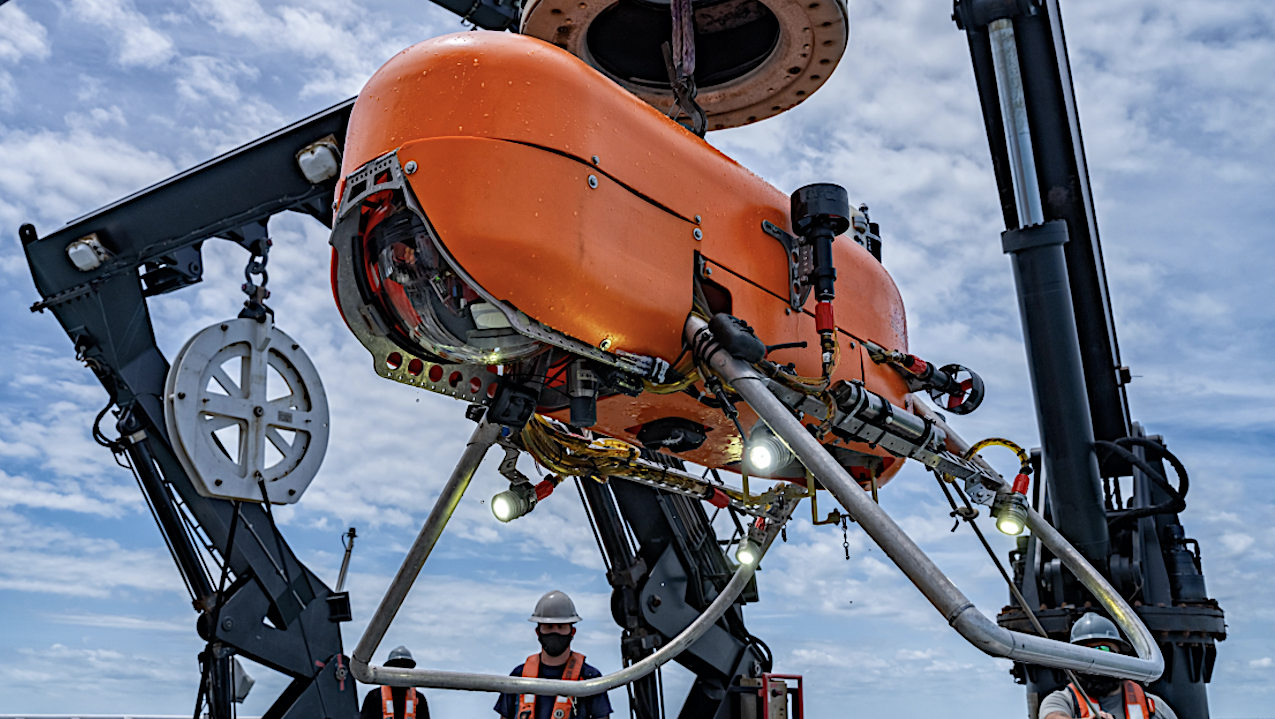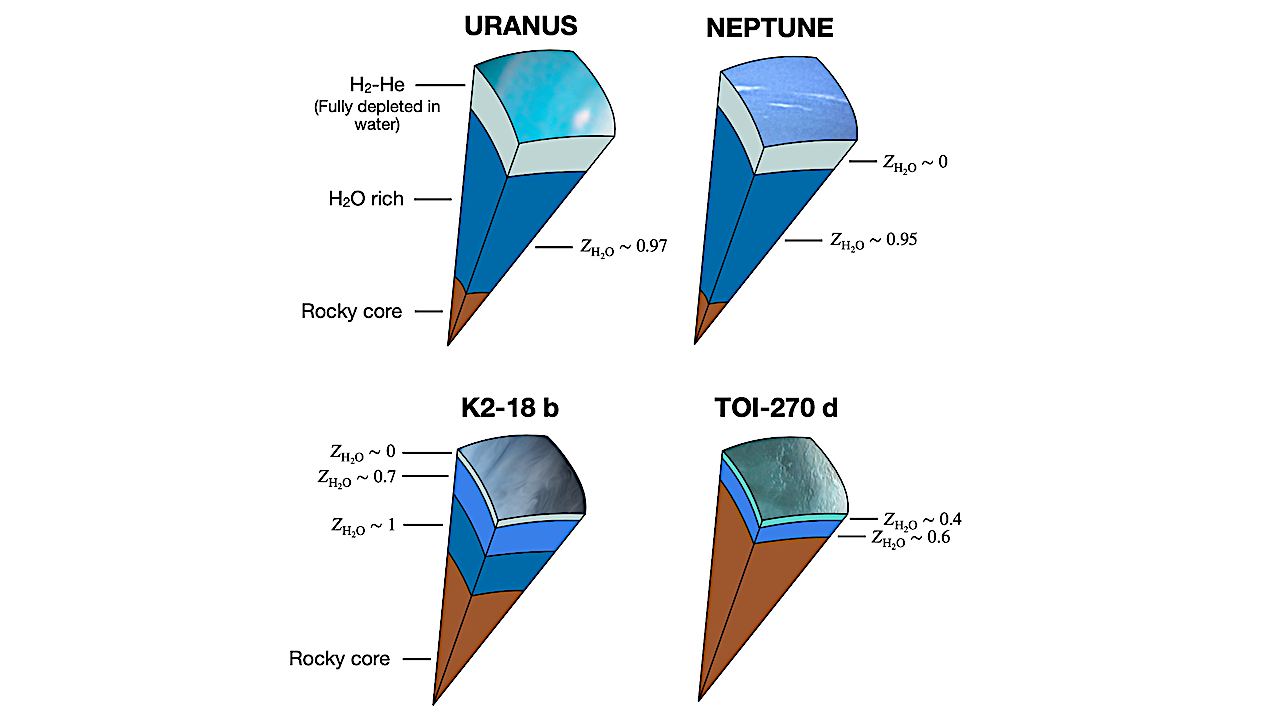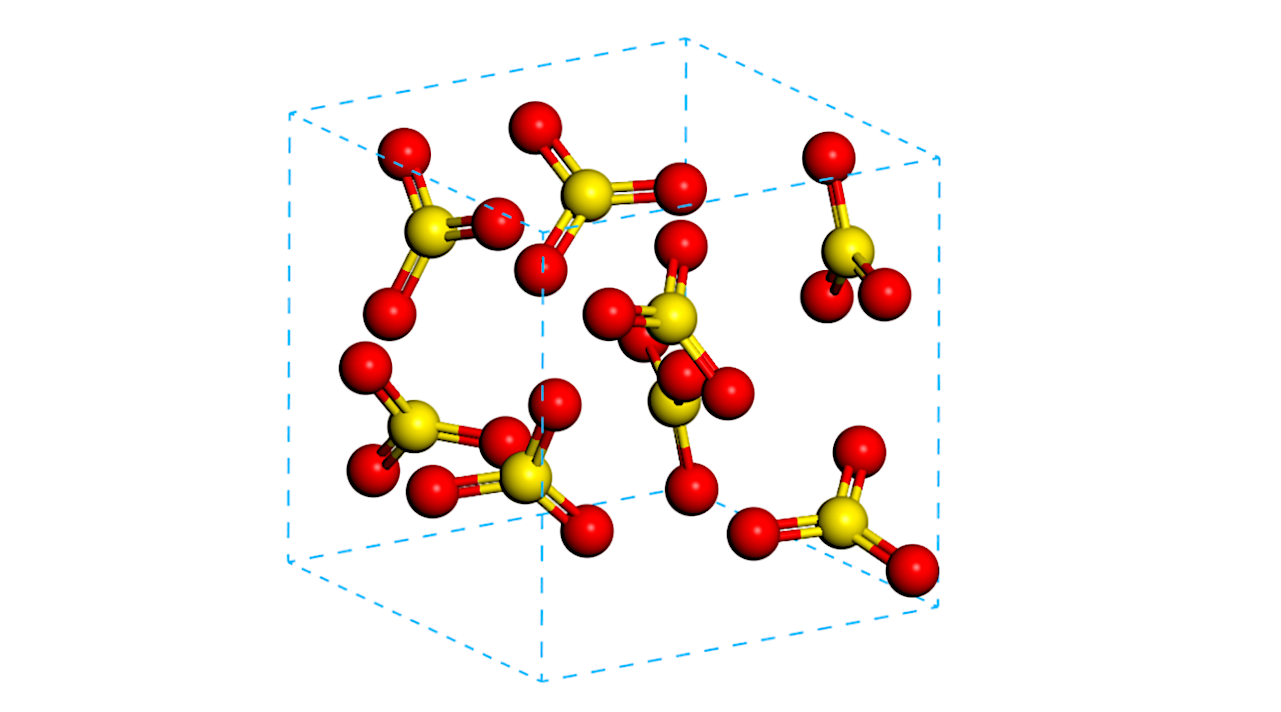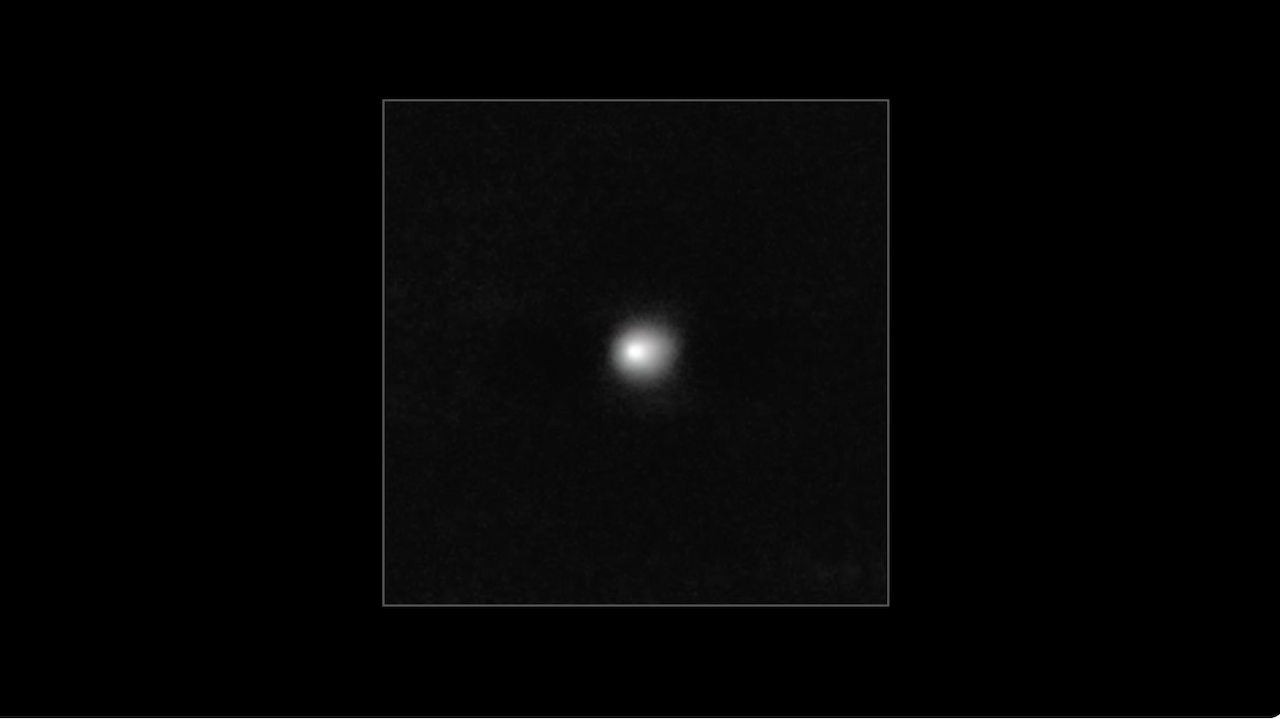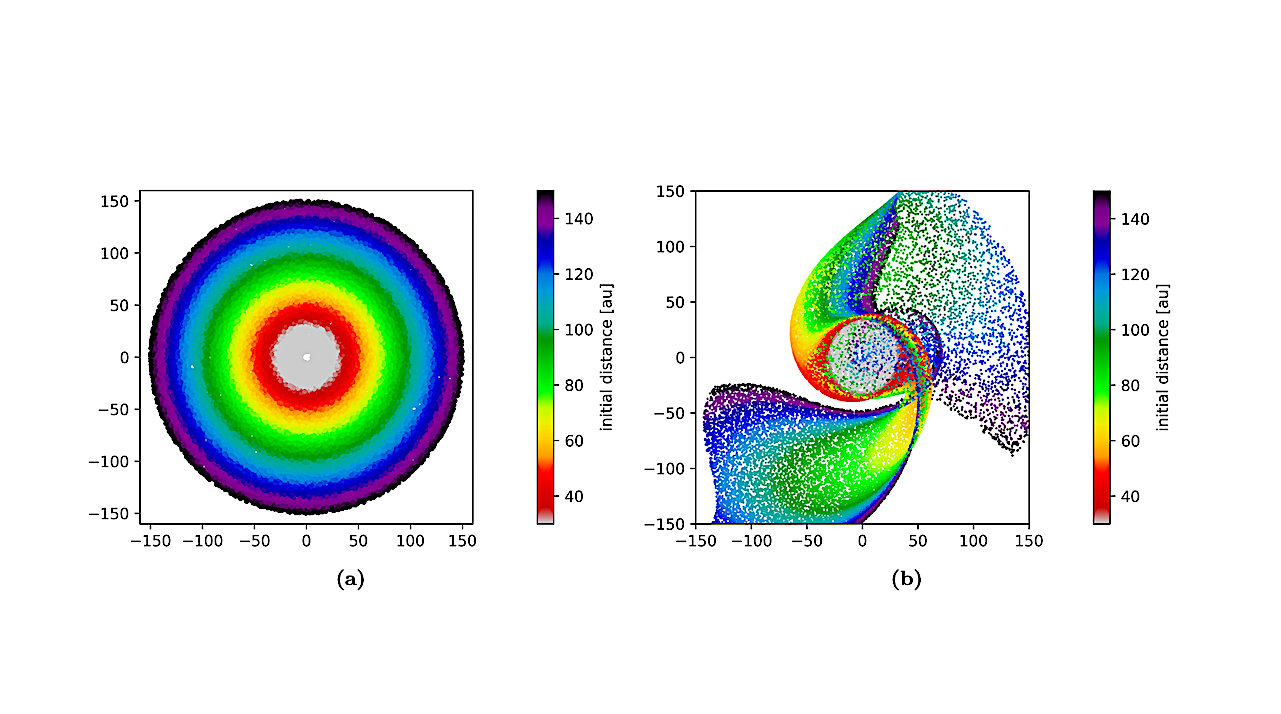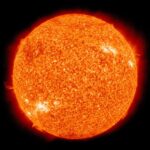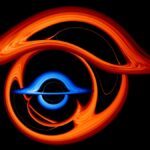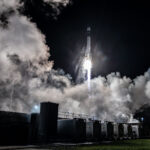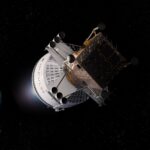The peak temperature achieved by all tracer particles in simulations of a 1 km diameter comet impacting at 10 km s−1 (left) and 40 km s−1 (right) in a provenance
Astrobiology71- Page
Normalized nosZ transcript abundance in metatranscriptomes of marine (red) and lacustrine (green) euxinia. Shown is the ratio of nosZ to rplF transcripts for comparison across 245 datasets with different sequencing
Impacts of microgravity on plants (A) At the phenotypic level, plants exhibit random root growth direction, larger branch and silique angles, delayed flowering, and smaller seed size. (B) At the
This Orpheus AUV is the first of many to be built and operated by Orpheus Ocean. Capable of reaching the ocean’s greatest depths, the Orpheus-class of vehicle was first designed
In this approach, raw materials for habitat construction are synthesized from algal and plant feedstocks. Biomass growth, processing, and recycling all take place in surface habitats made from recyclable bioplastics.
Potential interior structures of Uranus, Neptune, K2-18 b and TOI-270 d if they have undergone hydrogen-water demixing. We note that alternatives models are also possible (see Secs. 3 and 4).
Example of a simulated SO3 amorphous ice with 8 molecules in a cubic box with periodic boundary conditions. — astro-ph.GA The detection of high gas-phase abundances of SO2 and SO
ESO’s Very Large Telescope (VLT) has obtained new images of 3I/ATLAS, an interstellar object discovered last week. ESO’s Very Large Telescope (VLT) has obtained new images of 3I/ATLAS, an interstellar
Effect of flyby. (a) The pre-flyby colour gradient in the simulated disc is depicted by a false colour scheme representing very red to blue-grey TNOs. The same colour scheme is
Top view of the Milky Way galaxy showing the estimated orbits of both our Sun and the 3I/ATLAS comet. 3I/ATLAS is shown in red dashed lines, and the Sun is
-
 012024 in Review: Highlights from NASA in Silicon Valley
012024 in Review: Highlights from NASA in Silicon Valley -
 02Panasonic Leica Summilux DG 15mm f/1.7 ASPH review
02Panasonic Leica Summilux DG 15mm f/1.7 ASPH review -
 03How New NASA, India Earth Satellite NISAR Will See Earth
03How New NASA, India Earth Satellite NISAR Will See Earth -
 04And Thus Begins A New Year For Life On Earth
04And Thus Begins A New Year For Life On Earth -
 05Astronomy Activation Ambassadors: A New Era
05Astronomy Activation Ambassadors: A New Era -
06SpaceX launch surge helps set new global launch record in 2024
-
 07Space Force plans new ‘Futures Command’ amid pressure to speed up modernization
07Space Force plans new ‘Futures Command’ amid pressure to speed up modernization


